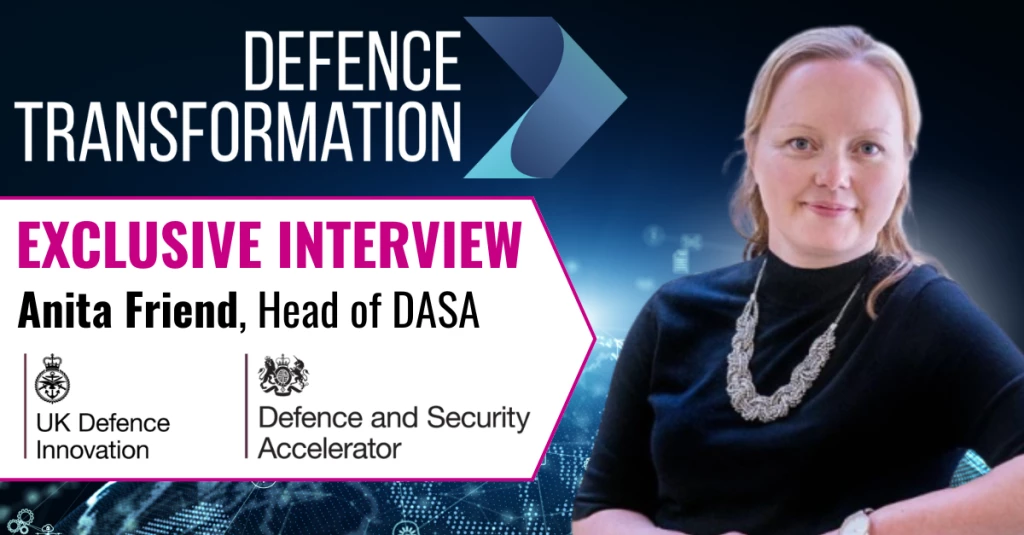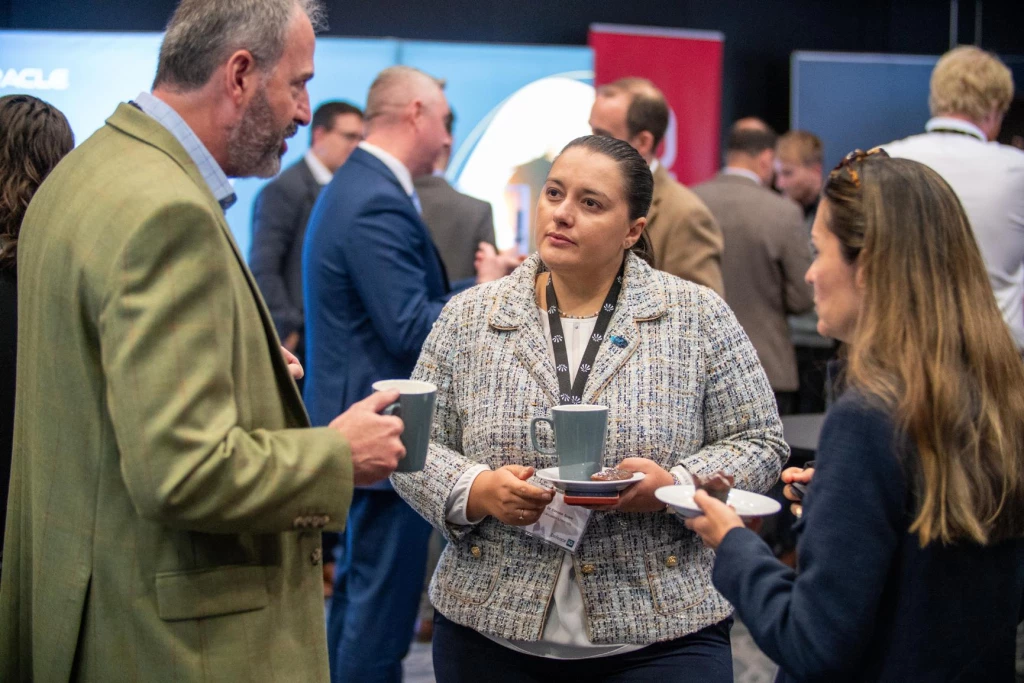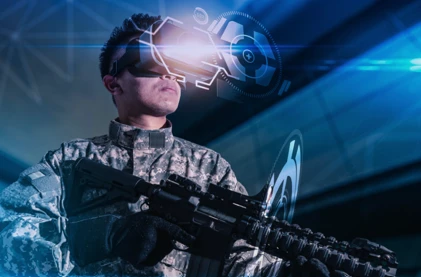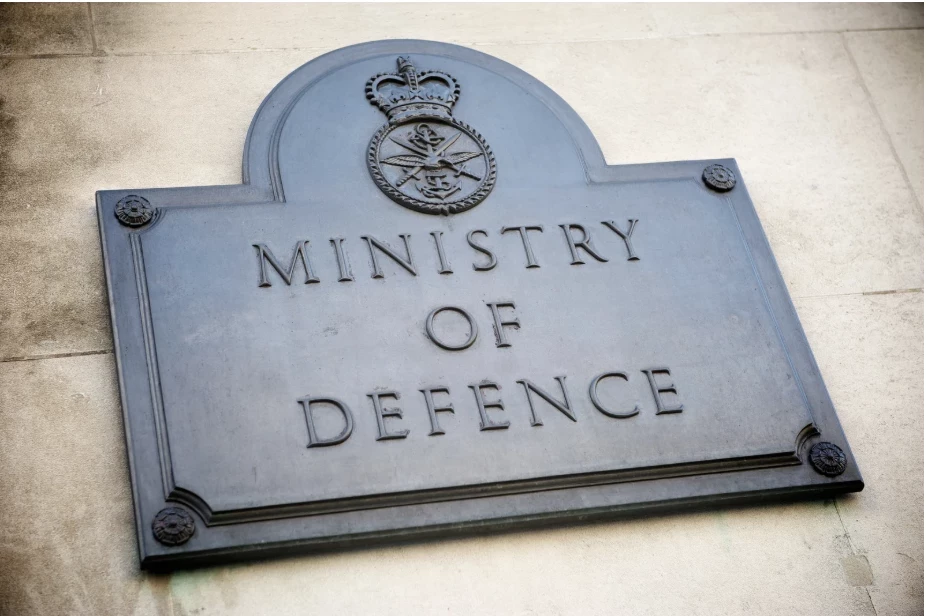Defence Innovation and the Pathway to Information Advantage
Perspectives from Roke Manor on Ideation, Innovation, and UK Force Design
Add bookmark
As part of our ongoing research into innovation and enterprise transformation in Defence, Defence iQ's Editor spoke to representatives from Roke Manor, UK Defence R&D leader, to discuss user-centric design and innovation, the material determinants of 'information advantage', and the disruptive digital technologies that will impact future force design in UK Defence in the 2020s and beyond.
How would you describe Roke’s ideation to innovation process, and to what extent are the behaviors, needs and challenges of military end users used to inform strategic R&D?
Mark Warman, Account Manager - Defence: The MOD wants to put emerging digital capabilities at the heart of its operations to create winning advantage. Technology accelerators are now in place, in the way of projects and frameworks, to improve the agility of the traditional CADMID lifecycle. This approach has paved the way for closer partnerships with industry.
Tom Eskriett, Information Advantage Campaign Manager: The MOD is also exploring the concept of prototype warfare, seeking 80% solutions rather than striving for perfection. The rationale for this is around timescales for implementation and particularly overcoming some of the proving aspects at the end of a development lifecycle such as ruggedization.
These steps are often necessary for hardware solutions however, with the MOD switching to a more software, evergreen policy it is likely that the need for some of these qualification aspects will be reduced, creating an opportunity for solutions that are ‘good enough’ to meet today’s operational needs. This affords the flexibility to introduce new capabilities as and when they are required. The other driver for this change is of course affordability. Leveraging COTS technologies takes advantage of the significant investments made by commercial entities.
The most important aspect of innovation is to build a culture of trusted creativity where people share ideas, collaborate, explore and apply these ideas really easily.
Jason Devaney, Head of Engineering R&D for Defence and Industry: From my perspective, the best and most effective innovation comes from having a problem to solve to begin with. A problem doesn’t have to be completely clear cut, we work with customers to articulate their challenge. Then we follow logical steps of brainstorming solution options, defining proof of principle/down selection, moving to proof of concept and then ideally an operational solution. That said, in the background, it is also about monitoring disruptive technologies which may well change the landscape. This, then, is an opportunity for tech push as a game changer.
Andrew Rogoyski, Innovation Director: Roke’s approach to innovation is to crowdsource ideas and responses to challenges, drawing from the entire workforce. We operate a ‘gatehouse to boardroom’ strategy that allows anyone in Roke to share ideas and then receive feedback and responses. We use our own collaboration platform that captures all the interactions – ideas, suggestions and outcomes from pieces of research – and shares this information with everyone who has expressed an interest in a particular topic. It’s very lively and engaging. We encourage customers to give us challenges which we share on our system and we often get some really creative ideas.
One of the key drivers for 2020 and beyond is based around the need for continuous, adaptive and resilient information in order to maintain a significant advantage over an adversary. Information is required at all levels, all the way forward to the tactical edge.
Tom Eskriett, Information Advantage Campaign Manager: To me, the most important aspect of innovation is to build a culture of trusted creativity where people share ideas, collaborate, explore and apply these ideas really easily. User-Centric Design approaches create excellent opportunities for users to influence the design of a system during the early phases. Colleagues gain confidence as they spot opportunities and this approach requires openness and collaborative behaviours from all parties. We’ve seen exceptionally challenging problems being presented by users on live developments and have worked in partnership with users to maximize the utility to the future system.
The Armed Forces are shifting towards a more domain-agnostic, digitally-enabled and information-centric concept of operations. Could you talk through some of the capabilities that Roke is developing and how they fit into this operational framework?
Mark Warman, Account Manager - Defence: With the changing nature of warfare, one of the key drivers for 2020 and beyond is based around the need for continuous, adaptive and resilient information in order to maintain a significant advantage over an adversary. Information is required at all levels, all the way forward to the tactical edge. It is required at speed and with the ability to process vast amounts of data to ensure the correct information is delivered to the right people at the right time.
The key to enabling multi-domain operations is an open architecture approach. The ability to integrate and fuse information sources in a manner that provides confidentiality to the source.
Information Advantage is a key enabler and effector to the modern battlefield. At Roke, it is an area of continued R&D around our Dismounted Situational Awareness (DSA) capability. A developing technology around DSA is the need/requirement for a ‘24hr Integrated Digital Soldier’, equipped with multiple sensors such as cameras, health monitoring, and electronic warfare. Incorporated into this is need for the integrated digitization of sensor technology for force protection at the tactical edge such as cameras, ground sensors UAV feeds and tracking systems. The technology for most of this already exists. The challenge remains around the C2 element and the forming of resilient digital networks, capable of passing multiple data feeds, and the ability to remain operational in a communications denied environment.
Tom Eskriett, Information Advantage Campaign Manager: The key to enabling multi-domain operations is an open architecture approach. The ability to integrate and fuse information sources in a manner that provides confidentiality to the source. Information must be credible, reliable and available in a way that allows information from multiple domains to be accessed to inform the information elements of modern operations. Working across domains allows users to browse through unclassified material to the highest levels of classification, all within a trusted environment.
We can take advantage of technologies such as cloud to provide the required levels of information assurance. Given the multitude of information sources available on the modern battlefield, it is essential that these can be consumed in a meaningful way for operators, helping identify the pertinent information to aid their decision-making and reduce the cognitive burden. AI technologies have proved to be a game-changer in delivering this effect.
Thinking about how Defence approaches force design, and the material determinants of that, what insights can you offer from an R&D/S&T perspective as to the technologies you see having the most transformative effect on the future force, in the 2020s and beyond?
Andrew Rogoyski, Innovation Director: To me, it’s all about agility in thinking and response – the military capabilities of the future will need to change over very short timescales, so everything you do has to be set up to be responsive and flexible. This sometimes means using capabilities with a few rough edges but if you wait for the solutions to be perfect, you are often overtaken by changes in technology or the way that adversaries use it.
With respect to future force design the key focus should be on minimising the training and skills burden on individual users.
Tom Eskriett, Information Advantage Campaign Manager: Technologies such as Mobile and Cloud Computing form the cornerstone of material determinants to support information operations in the future. Both represent significantly advanced but affordable technologies that can be leveraged within the defence environment. These technologies provide an excellent platform to employ big data and AI techniques due to the significant processing power and the means to visualise complex information operations. As commercial technologies, however, they also pose a security risk. As such, essential steps should be taken to provide the required cyber security measures to aid the seamless flow of information around the defence information enterprise.
With respect to future force design the key focus should be on minimising the training and skills burden on individual users. With automation technologies now reducing the need for human intensive processing it is conceivable to think that the size of the force could be reduced, however this must be traded with the ability to operate platforms and achieve mass.


























